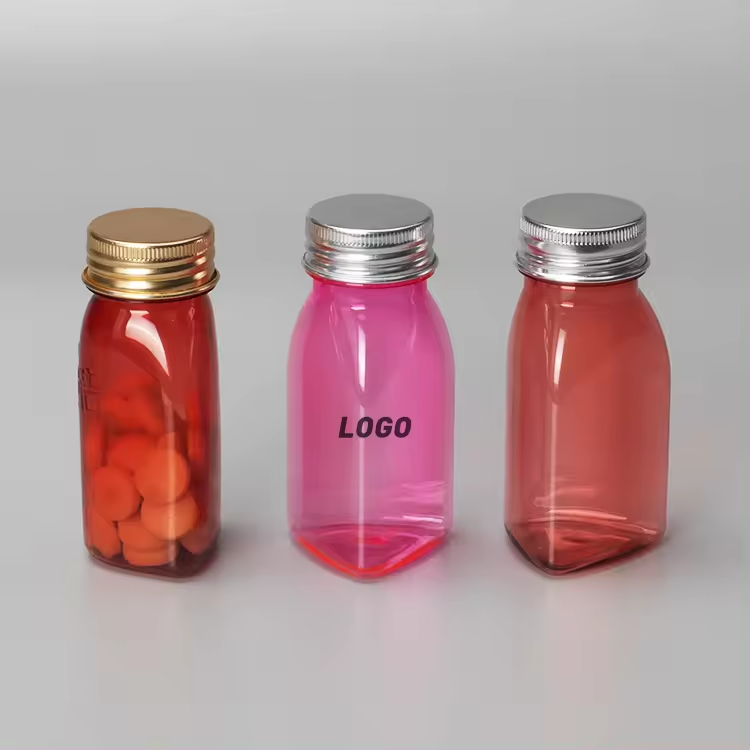While price and quality are of course the main factors influencing a brand’s success, choosing the right packaging can also bring huge benefits. As leaders in the vitamin packaging industry, we know a thing or two about vitamin packaging styles and their respective benefits. We look at various vitamin packaging styles and the potential costs associated with each.
Plastic jars and “pill containers.” Most people think of these as the traditional protective packaging of vitamins. Typically small or medium-sized, the largest rarely contain more than 500 capsules, capsules or tablets. They are sturdy and protect the contents well. They almost all come with screw-on, twist-on or snap-on lids that, if used correctly, can extend the shelf life of the product.
Liquid vitamin packaging. These bottles are made of glass or plastic and serve as protective packaging for liquid vitamin products. They also do a decent job of protecting the contents from damage and spills. However, the safety hazards of glass are obvious, and plastic containers are also susceptible to damage when dropped. Additionally, storage can also be an issue due to the barrier’s rigidity.
Aluminum foil bag packaging. This category covers a variety of packaging, including stand-up pouches, flat barrier pouches (also known as three-side seal pouches), spouted stand-up liquid foil pouches and flat-bottom soft box pouches. This vitamin packaging is made from multiple layers of scientifically engineered, food-grade, FDA-approved film that protects your vitamin products from steam, odors, moisture, pests and, if desired, Protected from harmful air and/or UV rays. Over time, this may degrade the product’s performance.

In conclusion, there are many things to consider when it comes to packaging of vitamins.
Durability and puncture resistance: Vitamin packaging should protect the contents from steam, odors, moisture, pests and, if necessary, UV rays and excess air.
Shelf life: Can freshness and nutrition be guaranteed? Are there features that enhance the packaging’s ability to maintain product shelf life?
Convenience: Are your vitamin and supplement packaging easy to use? Is it easy to open? Is it easy to store? Does your protective packaging have pour spouts and resealable lids?
The most important thing is to customize product labels and stickers or printed packaging according to your specific needs to enhance the competitiveness of your products and attract customers. Remember to order your favorite vitamin packaging bottles at Xianglin and enjoy great discounts.















